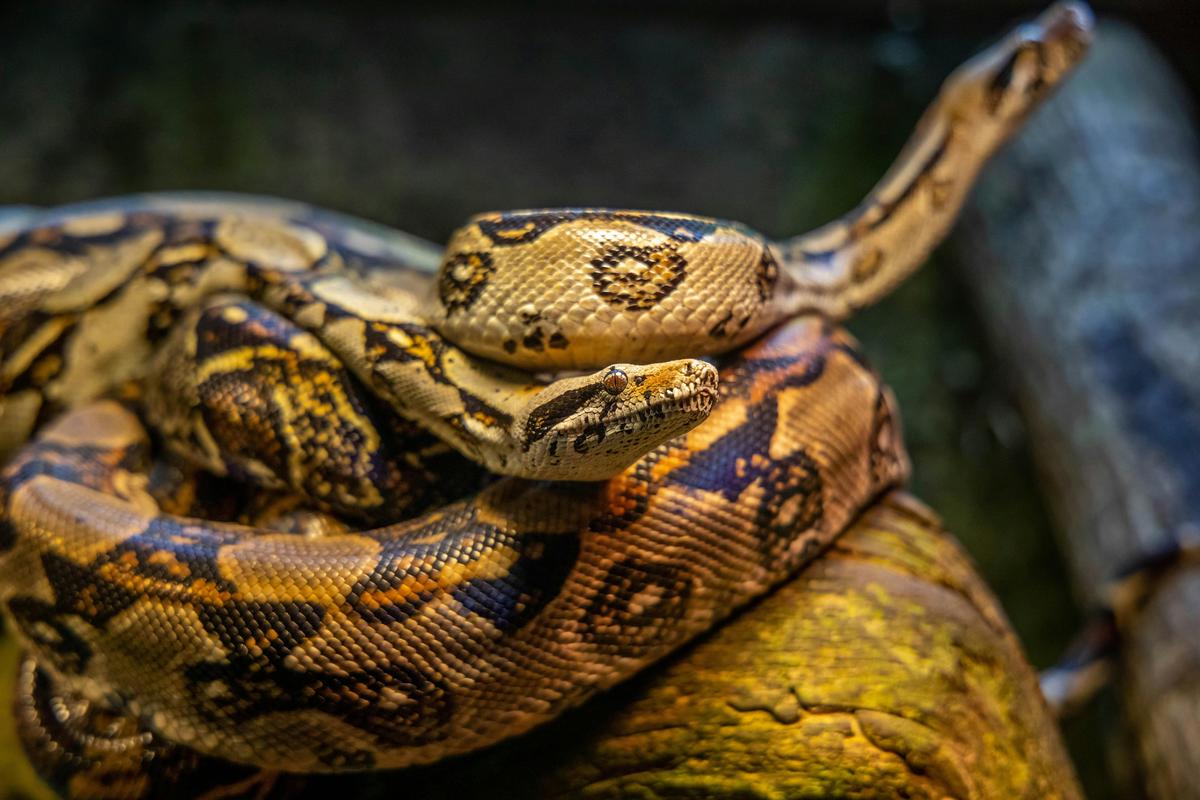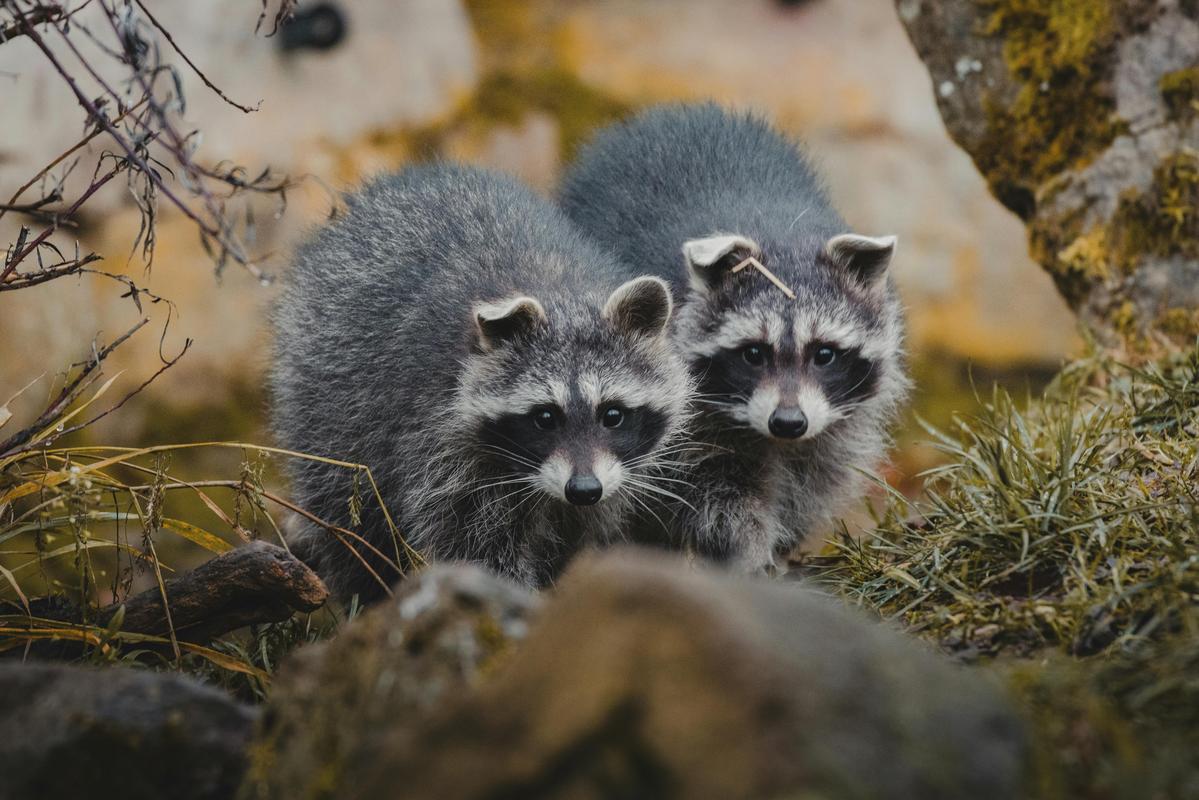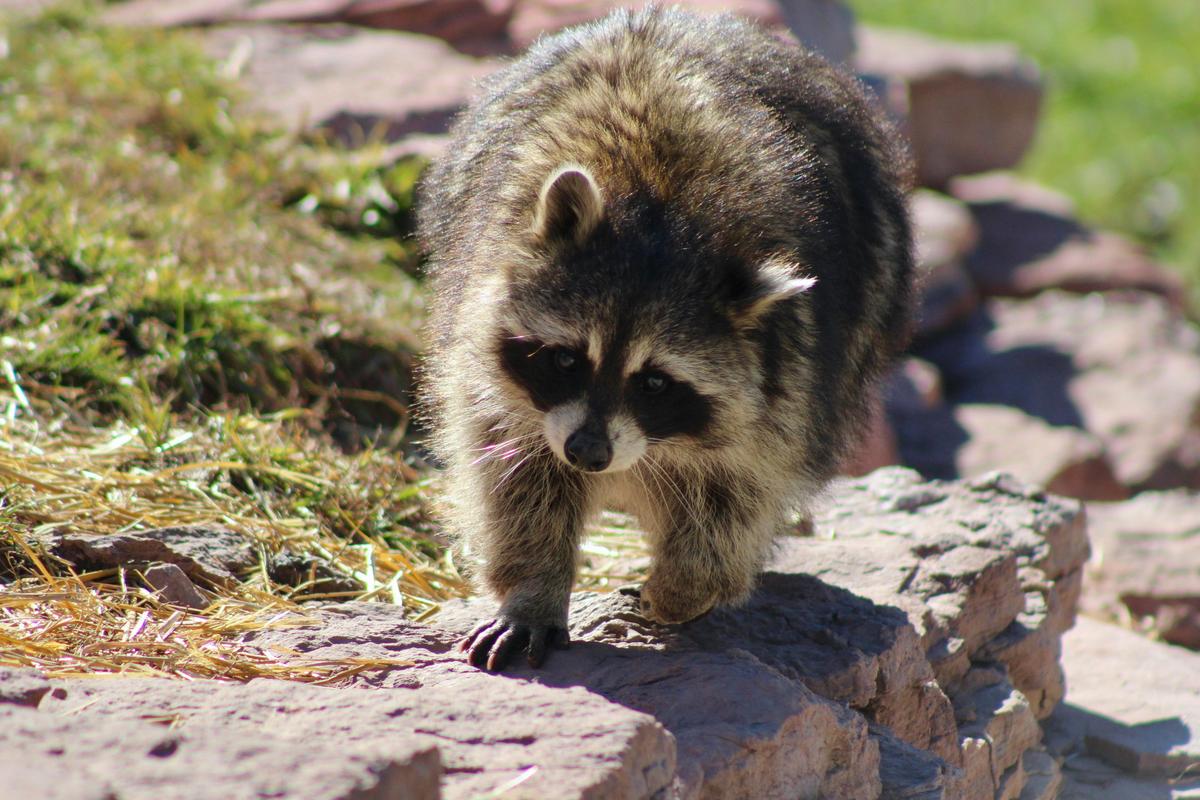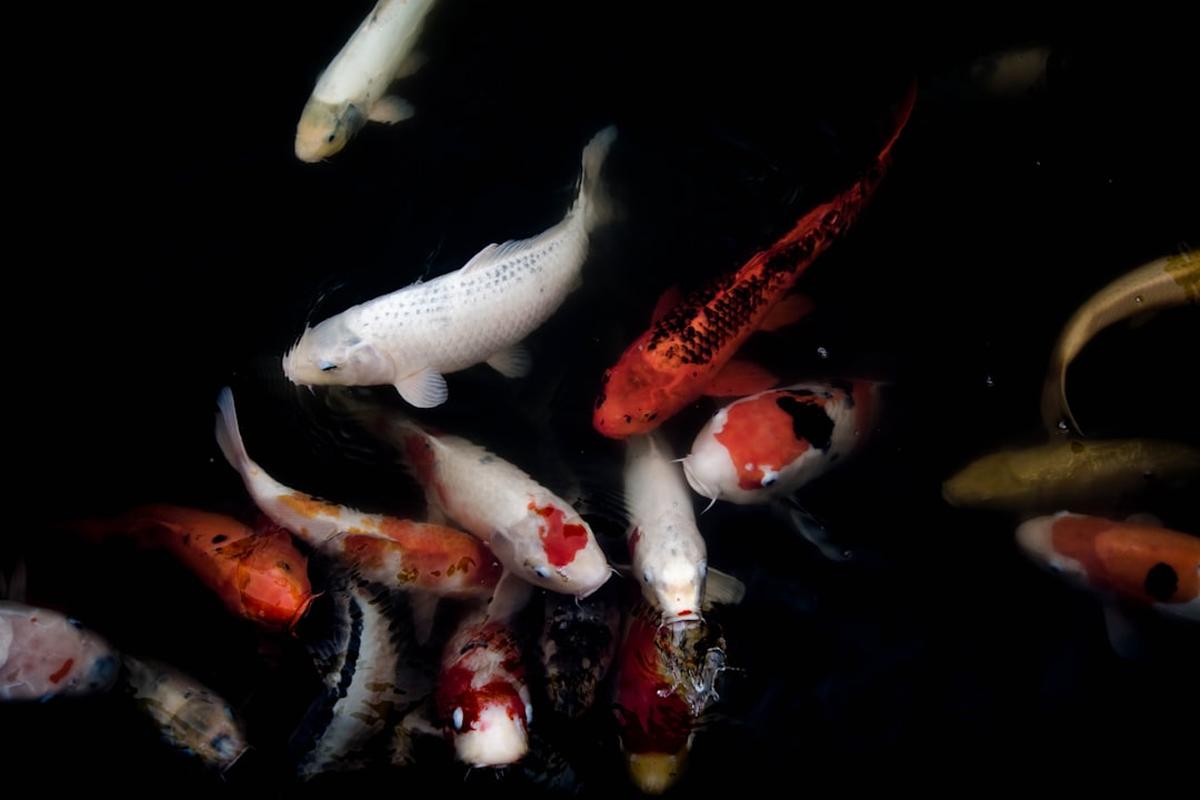Understanding Invasive Species: A Threat to Local Ecosystems
Invasive species are a big problem for local ecosystems, messing up the balance that has been developing for a long time. These non-native critters, usually brought in by people, can cause a lot of trouble by eating native species, competing with them for resources, and even changing the landscape.
The numbers are crazy – a whopping 42% of threatened or endangered species are in danger because of invasive species. The effects on the environment and economy are just as bad, costing billions of dollars every year. Zebra mussels and quagga mussels, for example, have taken over the Great Lakes, wiping out native fish, ruining beaches, and causing a ton of financial damage.
Invasive species can mess up the food chain, getting rid of or replacing native food sources and changing the number and variety of species that provide important habitats for wildlife. Cogongrass, a super flammable grass, has completely changed the way fires happen in whole ecosystems, while the hemlock woolly adelgid has killed off a lot of eastern hemlock trees.
These invaders are sneaky because they can adapt and do well in new places. Invasive carp, for instance, grow fast, are aggressive, and can easily outcompete native fish for food and homes. And once they settle in, these species are almost impossible to get rid of, like the ongoing fight against zebra and quagga mussels.
The threat from invasive species isn’t just about nature; it also affects human health and money. Saltcedar, an invasive plant, can make the soil bad for native species by leaving lots of salt behind, while the brown tree snake has wiped out nine bird species on Guam.
Dealing with invasive species needs a mix of things, like science, public awareness, and working together to stop and handle these invaders. Only by understanding how much these species mess things up can we hope to protect the ecosystems that keep us all going. 1 2
 Photo by Diego Madrigal on Pexels
Photo by Diego Madrigal on Pexels
How Invasive Species Disrupt Native Habitats and Biodiversity
Invasive species are a big problem for native ecosystems, messing up the balance that has been in place for a long time. These non-native critters, sometimes brought in by accident or on purpose, can cause a lot of trouble for local plants and animals, changing the whole environment.
The impact of invasive species is huge and complicated. Wealthier countries have way more invasive plants than poorer nations, showing how serious the issue is in more developed areas. These invaders can use different tactics to beat out native species, like the “enemy release hypothesis” or the “novel weapon hypothesis,” taking over and pushing out the local flora and fauna.
For instance, Opuntia stricta invading Africa has really messed up the environment, economy, and lives of the people there, showing how far-reaching the effects of these intruders can be.
Invasive species can cause a lot of damage. They can lower the variety of native plants, change the soil through allelopathy, and even affect how fires happen in land ecosystems. In water, they can block flow, increase flooding, and mess with the amount of surface and groundwater, throwing off the balance of these important resources.
Not only that, invasive species also mess with services that are important for people. They can ruin the look, fun, and cultural value of landscapes, as well as key services like hazard control and water treatment. Sometimes, they can even spread diseases that affect human health directly.
Dealing with invasive species needs a mix of science, policies, and community involvement. By understanding how these invaders mess up native habitats and biodiversity, we can come up with better ways to lessen their impact and protect the ecosystems that we all rely on. 3 4
Economic and Environmental Consequences of Invasive Species
Invasive species are a big problem for local ecosystems, causing huge economic and environmental damage. A recent study found that dealing with invasive species in North America has gone from costing $2 billion a year in the 1960s to over $26 billion annually since 2010. Globally, the cost has reached a massive $1.288 trillion over the past 50 years.
These non-native species have had a major impact. Leafy spurge, brought to the United States in the late 1800s, has taken over large parts of the Great Plains, reducing the amount of land available for livestock to graze. The pink bollworm, which was recently eliminated from the U.S., caused a lot of trouble for cotton farmers in Arizona and California, lowering crop yields, quality, and increasing costs.
The problems caused by invasive species go beyond just agriculture. Zebra mussels block intake pipes for power plants and water treatment facilities, while sea lamprey eat fish that are important for commercial fishing. In the Everglades, the invasive Burmese python has led to a sharp decline in mammal populations, and snakehead fish can outcompete and push out native predatory fish, changing whole ecosystems.
- Invasive species have been costing North America over $26 billion per year since 2010, and globally, the total cost has reached $1.288 trillion over the past 50 years.
- Leafy spurge has reduced the amount of land available for livestock to graze in the Great Plains, and the pink bollworm has caused big losses for cotton farmers.
- Zebra mussels and sea lamprey cause problems for important infrastructure and fisheries, while the Burmese python and snakehead fish harm local wildlife and ecosystems.
Dealing with the issue of invasive species requires a comprehensive approach that addresses both the economic and environmental impacts. It’s important to stay alert, detect problems early, and take quick action to minimize the damage and protect the delicate balance of our natural world. 5 6
Strategies for Managing and Preventing the Spread of Invasive Species
In Hawaii, the Rapid Ohia Death, caused by two invasive fungal pathogens, has already taken out hundreds of thousands of the culturally important and ecologically crucial Ohia trees. Across the mainland, invasive carp threaten the livelihoods of those who rely on recreational, commercial, and subsistence fisheries, while also pushing out native species. On islands, invasive rodents have pushed some species to the edge of extinction, leaving a path of destruction behind.
The threat goes beyond just wildlife. Invasive plants, like the downy brome, or cheatgrass, have taken over more than 80 million acres of public lands, providing plenty of fuel for wildfires and outcompeting the native vegetation that is essential for maintaining healthy ecosystems. The consequences are widespread, from degraded soil and erosion to the loss of vital habitats and the services they provide.
Dealing with these invasive species is no walk in the park. Once they’ve settled in, getting rid of them is often impossible, highlighting the crucial importance of prevention. By understanding the devastating impact of these non-native organisms and taking proactive steps to stop their spread, we can protect the delicate balance of our local environments and preserve the rich diversity of life they support. 7 8
 Photo by David Selbert on Pexels
Photo by David Selbert on Pexels
References
-
“Invasive Species” - www.nwf.org ↩
-
“Environmental And Ecological Impacts” - www.invasivespeciesinfo.gov ↩
-
“Economic And Social Impacts” - www.invasivespeciesinfo.gov ↩
-
“What Invasive Species And Why Are They A Problem” - www.usgs.gov ↩
-
“Invasive Species Finding Solutions Stop Their Spread” - www.doi.gov ↩

 Photo by
Photo by